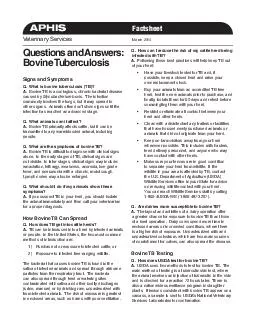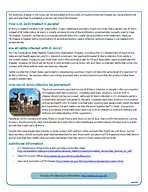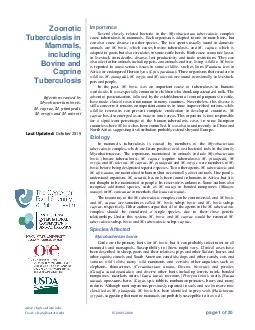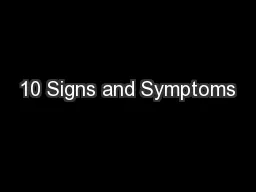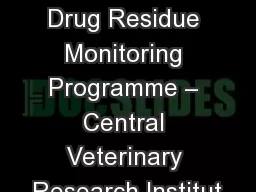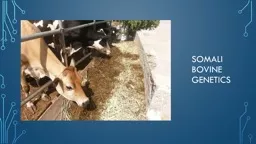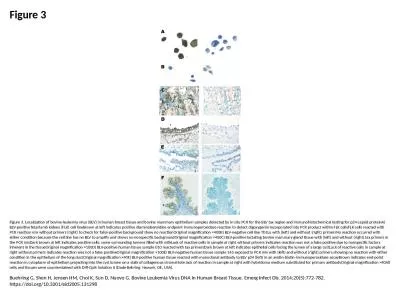PDF-APHIS Factsheet Veterinary Services March Questions and Answers Bovine Tuberculosis Signs
Author : tatyana-admore | Published Date : 2015-02-26
What is bovine tuberculosis TB A Bovine TB is a contagious chronic bacterial disease caused by Mycobacterium bovis The infection commonly involves the lungs but
Presentation Embed Code
Download Presentation
Download Presentation The PPT/PDF document "APHIS Factsheet Veterinary Services Marc..." is the property of its rightful owner. Permission is granted to download and print the materials on this website for personal, non-commercial use only, and to display it on your personal computer provided you do not modify the materials and that you retain all copyright notices contained in the materials. By downloading content from our website, you accept the terms of this agreement.
APHIS Factsheet Veterinary Services March Questions and Answers Bovine Tuberculosis Signs: Transcript
Download Rules Of Document
"APHIS Factsheet Veterinary Services March Questions and Answers Bovine Tuberculosis Signs"The content belongs to its owner. You may download and print it for personal use, without modification, and keep all copyright notices. By downloading, you agree to these terms.
Related Documents

